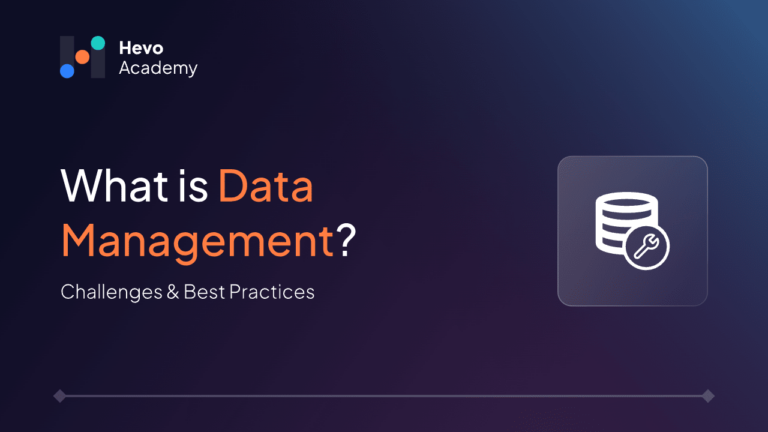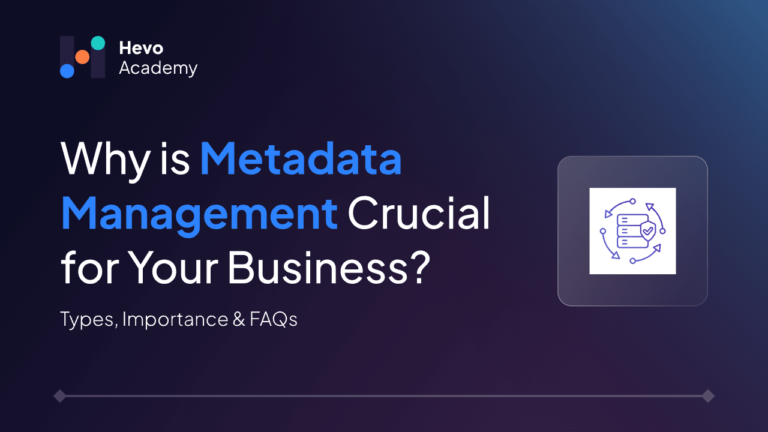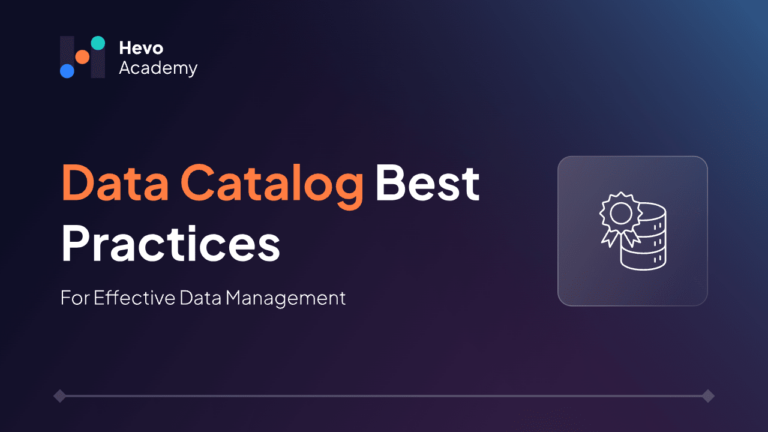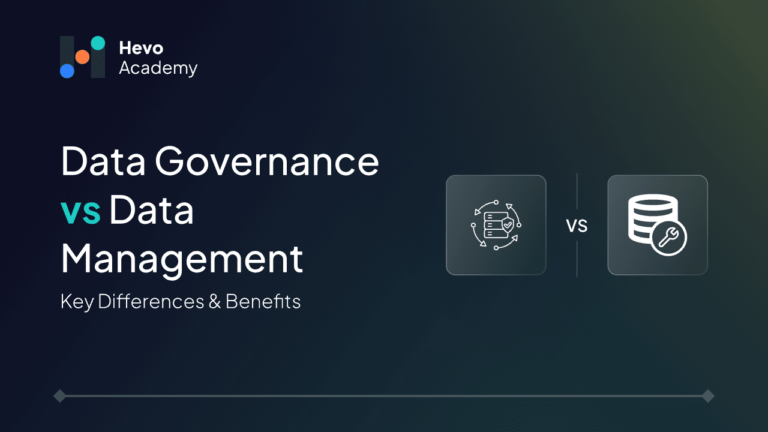With modern data strategy and ever-evolving tools, one can not depend only on one storage system. Growing businesses require data systems to adapt to new solutions and tools. Data Federation is an approach that can help solve data access issues especially when multiple types of systems are involved. It provides unified and easy access to query various systems without moving any data. In this blog, we understand data federation, its benefits, and drawbacks. We also discuss different use cases where data federation can be leveraged to get maximum benefit.
Table of Contents
What is Data Federation?
Data federation is a data management strategy that allows accessing data from multiple sources without moving it. It acts as a virtual layer that unifies and consolidates data for a consistent view.
Let’s discuss some of the core principles required to operate the Data Federation.
- Virtualization: Virtualisation is required to enable access to data from multiple sources without moving or duplicating it. It is important to ensure real-time integration and reduce redundancy.
- Unified access: Unified access enables a single, consistent interface to access data across systems.
- Schema mapping: Schema mapping is important to ensure compatibility between different data structures by aligning schemas. It enables smooth integration and query execution.
- On-demand processing: There is no point in implementing this strategy if end users cannot get it on demand. Real-time data access is needed to make the right decisions at the right time.
Learn more about Data Management from our blogs!
How Does It Work?

Data federation works by creating a virtual data layer over multiple data sources. This layer provides a unified view for querying and analysis. Below, we discuss its simple working process.
- Connect to Data Sources: Connection is established to databases, APIs, and other storage systems.
- Virtual Schema Creation: Create a unified schema to consolidate underlying data structures.
- Query Translation: Convert user queries into system-understandable queries
- Data Aggregation: Fetch and combine data from multiple sources.
- Result Presentation: Consolidated view of data to multiple applications.
Data Federation In Business
Implementing data federation in business use cases can help gain quick insights across multiple data sources without replication.
Some of the key Benefits for business:
- Real-Time Decision-Making: By providing real-time access to data, data federation can help businesses make timely decisions
- Cost-Effective: Data federation can help reduce costs by reducing the need for complex ETL processes.
- Enhanced Agility: With its ability to integrate multiple data sources, it gives businesses the freedom to choose the best-suited data sources for changing business needs.
- Data Quality: Due to distributed ownership of data to the teams, it helps maintain data quality.
Use Cases
Let’s discuss some of the use cases where data federation can be helpful.
1) Internet of Things (IoT)
Monitoring and analyzing IoT data required real-time access. With data federation in place, users can not only query data from multiple devices but also have results as part of a unified view.
2) Risk management
Data federation is used by many financial institutions to integrate risk-related data from various sources. This allows them to assess and take action on potential risks timely.
3) Predictive maintenance
In the manufacturing industry, federated access is a game changer in predictive maintenance and quality control. Predictive algorithms can fetch and process machinery data present at different locations in real-time. This can enable engineers with early detection of potential equipment failures.
Benefits Of Data Federation
1. Reduced Storage Costs
The virtual layer created in the data federation layer avoids the need to create redundant datasets. Hence saving costs.
2. Improves scalability and flexibility
New data sources can be integrated easily which makes it ideal for scalability and flexibility.
3. On-demand real-time access
Data from multiple data sources can be accessed on request, in real time.
4. Enhanced compliance
Since data stays in the original system, it is easy to monitor and regulate the usage of sensitive data.
5. Simplified data integration
It reduces data integration efforts by simply removing the need to implement complex ETLs.
Drawbacks Of Data Federation
While data federation has great benefits, let us discuss some of the drawbacks.
1) Performance
Querying large data sets in real-time can be slower across multiple datasets.
2) Complexity
Though data federation reduces the need to implement ETLs, it may limit the implementation of advanced operations.
3) Limited historical data access
It may be resource and time-consuming to access historical data in large datasets by querying.
4) Dependency
Data Federation is highly dependent on source availability. Queries may fail or provide incomplete results if the source is down.
5) Data Heterogeneity
Differences in data formats and structures can be a challenge while implementing data federation.
6) Data Governance
Data governance can be a challenge with federated data.
To learn more about Data Governance, its framework, roles, and responsibilities, check out our blogs.
What Is The Future Of Data Federation?
Large enterprises use a variety of databases. While they should focus on reducing data silos and hardware costs, modern platforms require different types of data storage for different needs. As legacy systems are removed from operations, businesses may still need to access the data they contain. Data federation is useful in these cases where scalability and flexibility are highly needed. This makes it ideal for most business data access-related problems.
While data federation has a great future, it can be a game changer by integrating it with AI and cloud-native technologies.
- Queries used in data federation tools can be optimized with AI
- Cloud and hybrid adoption can help integration of data federation across on-premises and cloud environments.
- Integration of data federation can contribute to the unified enablement of end-to-end strategies.
Conclusion
Data federation removes the need to duplicate data. This feature makes it compatible with scenarios that require real-time decision-making. By allowing users to query and analyze data across multiple sources, it provides flexibility and efficiency in data management. While it has great benefits, it has limitations, such as potential performance issues and dependencies on the underlying systems.
Hevo is a no-code data integration platform that can help you connect data from multiple data sources to consolidate it. Its plug-and-play approach simplifies access to unified data. This enables businesses to focus on insights and decision-making without having any need to write code. Try Hevo’s 14-day free trial and see how it’ll benefit your organisation!
FAQs
1. What is the difference between a data warehouse and a federated database?
A data warehouse is a solution where all the data is stored physically at a central location to provide unified access while a federated database provides virtual central access to data that is spread across multiple sources.
2. What is the difference between a data federation and a data lake?
Data federation provides central data access across various resources, while data lake stores raw data in a centralized location for analytics.
3. What do you mean by data federation?
Data federation is centralized access to data from multiple sources without actually moving it.
4. What is the difference between data integration and data federation?
Data integration is a methodology where data from multiple sources is consolidated and ingested in a single repository, whereas data federation creates a virtual layer for unified access without moving data.






